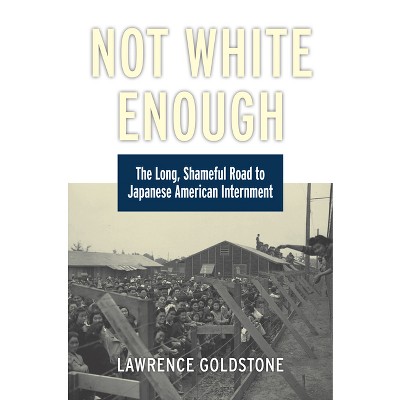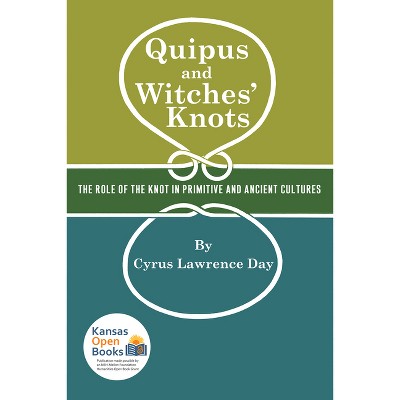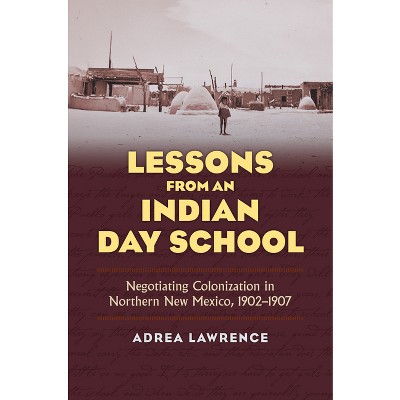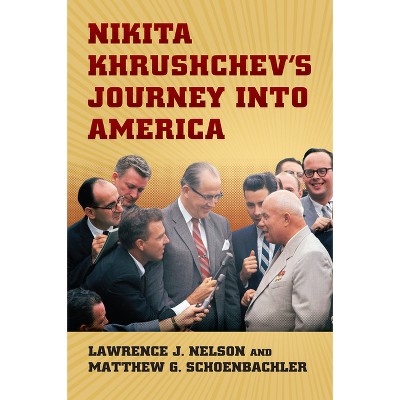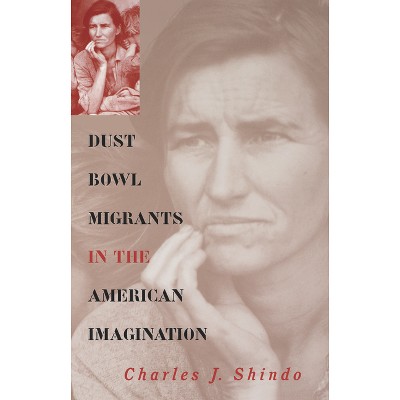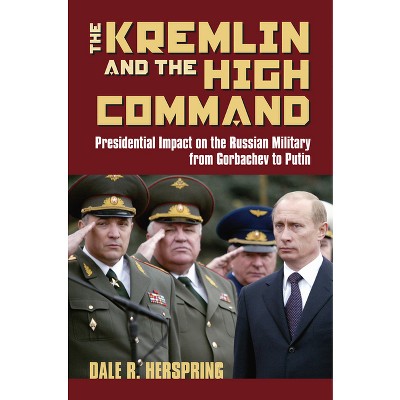Sponsored

Farming the Dust Bowl (P) - by Lawrence Svobida (Paperback)
In Stock
Sponsored
About this item
Highlights
- This is a powerful original account of one man's efforts to raise wheat on his farm in Meade County, Kansas, during the 1930s.
- Author(s): Lawrence Svobida
- 256 Pages
- History, United States
Description
Book Synopsis
This is a powerful original account of one man's efforts to raise wheat on his farm in Meade County, Kansas, during the 1930s. Lawrence Svobida tells of farmers "fighting in the front-line trenches, putting in crop after crop, year after year, only to see each crop in turn destroyed by the elements." Although not a writer by trade, Svobida undertook to record what he saw and experienced "to help the reader to understand what is taking place in the Great Plains region, and how serious it is." He wrote of the need for better farming methods--the only way, he felt, the destruction could be halted or confined. Well before the principles of an ecological movement were widely embraced, Svobida urged a public acceptance of the "sovereign rights of the states and the nation to regulate the use of land by owners . . .so that it may be conserved as a national resource."
This graphic account of farm life in the Dust Bowl--perhaps the only autobiographical record of Dust Bowl agriculture in existence--was first published in 1941. This new edition contains an introduction by the historian R. Douglas Hurt that not only objectively sets the scene during and after the Dust Bowl, but also places the book properly in the growing body of contemporary literature on agriculture and land use. The volume is an important contribution to American agricultural history in general, and the the history of the Depression and of the Great Plains in particular.
From the Back Cover
This is the story of Lawrence Svobida, a Kansas wheat farmer who fought searing drought, wind, erosion, and economic hard times in the Dust Bowl. It is a vivid account by a farmer who pitted his physical strength, mental faculties, and financial resources against the environment as nature wreaked havoc across the southern Great Plains. Svobida's description of Dust Bowl agriculture is important not only because it accurately describes farming in that region but also because it is one of the few first-hand accounts that remain of the frightening and still haunting dust-laden decade of the 1930's.Review Quotes
"Although factual and calm in style, this book is as moving as John Steinbeck's novels."--The New Republic
"Easily one of the most important books that has dealt with the dust bowl and its problems. Nowhere else can be found such penetrating and dispassionate comments, free from political bias, on the actual workings of governmental agencies in the attempt to deal with cumulative disaster to one-sixth of our national area. And what is said has bearing on problems far beyond the limits of the Great Plains."--The Saturday Review of Literature
"The author has a story to tell that is of first importance to all Americans. . . . [A story of the] drought and high winds [that] brought permanent ruin and tragedy . . . to a region as large as France, Germany, and most of the British Isles."--American Library Association Booklist
"One of the best books ever to appear about Dust Bowl days . . .not only because it is well written, but also because its author was one of those plains farmers who fought the losing fight. . . . A highly recommended 'inside' account."--Robert Athearn, author of The Coloradans and High Country Empire
Shipping details
Return details
Trending Non-Fiction






